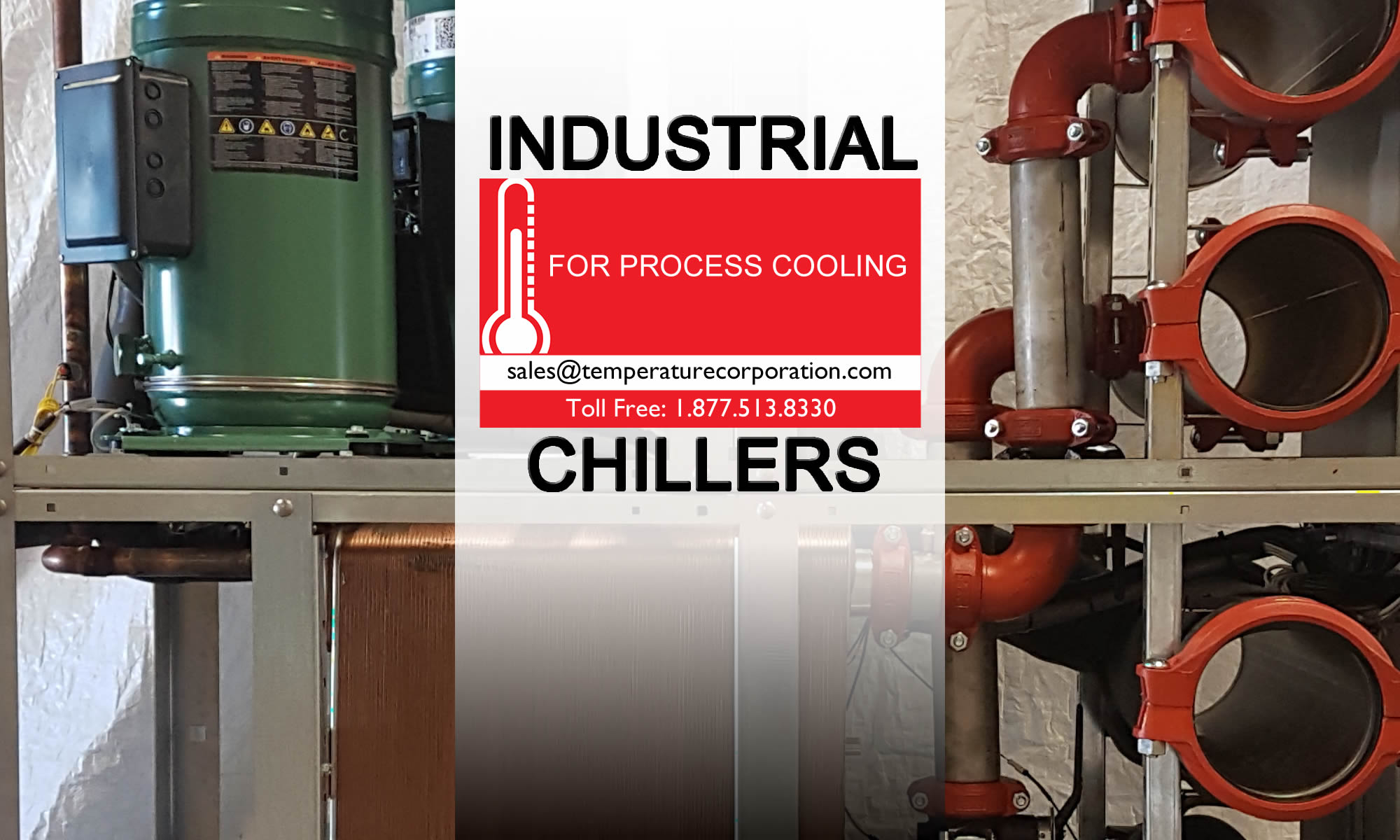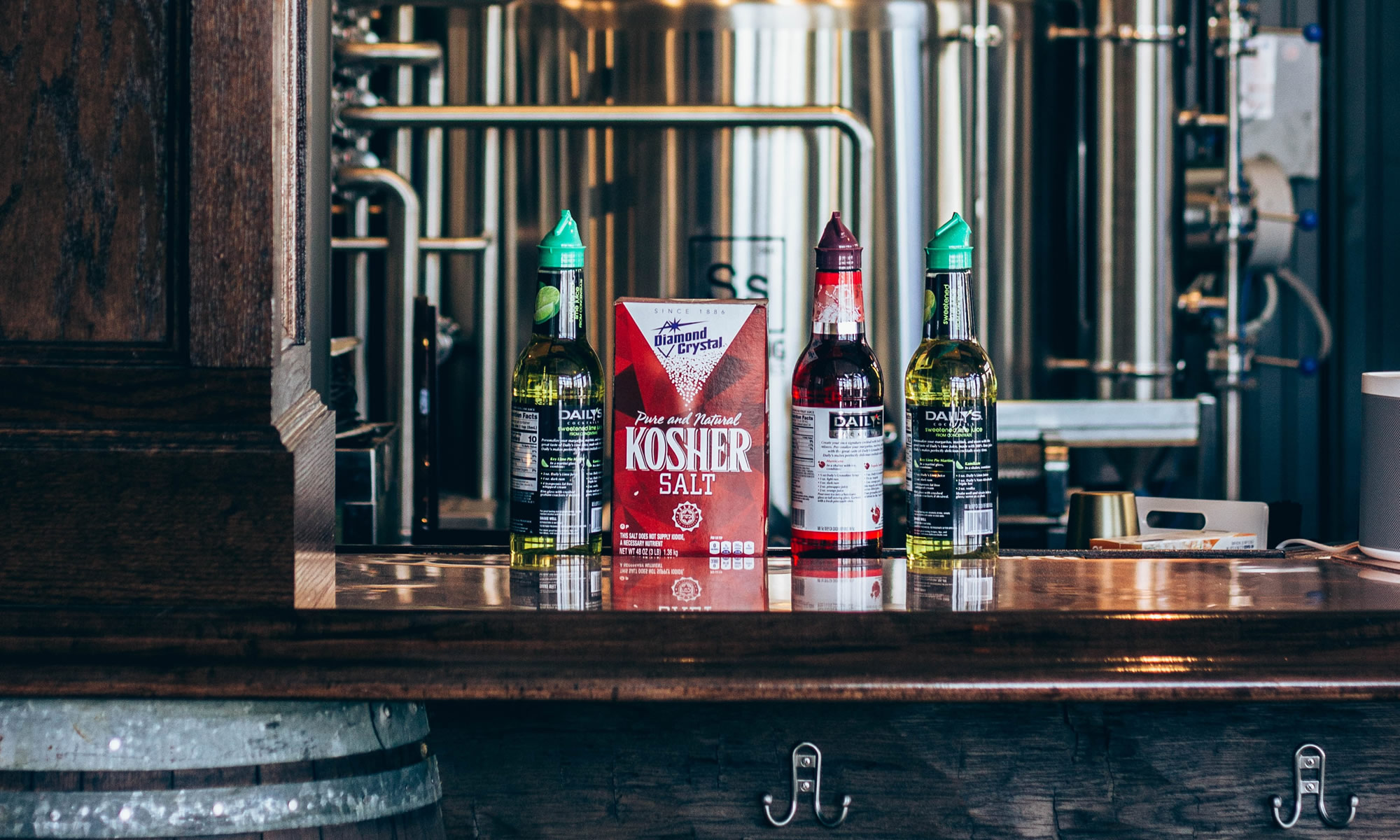Temperature Corporation manufactures chiller systems including water and air cooled chillers for the brewing industry. Breweries use chilling systems to cool down the hot wort to a lower temperature before it is transferred to a fermentation tank containing the yeast. This is done by passing the hot wort through wort chiller with a plate heat exchanger where the heat from the wort is transferred to cold brewing water. Let us find the right chilling and cooling solution for you.
Click on any of the following to learn more:
Wine or Fermentation Chillers
Beer or Brewing Chillers
Dairy Chillers
The making of beer is an impressive biochemical process. In the first stage, the malted barley is crushed, then fed into a mash-lauter-tun where water is added at specific temperature. This mixture of crushed malt and water is called mash. During the mashing process, enzymes in the malt convert starch in the malt to fermentable and unfermentable sugars. Fermentable sugars are converted to alcohol and carbon dioxide during fermentation. Unfermentable sugars help give the beer body and mouth feel.
Visit Micro Brewery Chillers for a list of the options we offer.
Once this conversion process is complete, the mash is lautered and sparged to separate the sweet liquid called wort from the spent grain material. The wort is then boiled in a steam jacketed brew kettle where it is sterilized, concentrated and hops are added for flavor and aroma. The spent grain is used as animal feed.
Once the boiling process is complete, hop material and protein sediments are removed in the whirlpool process. The wort is then cooled down to a temperature, usually less than 20 degrees Celsius, so yeast can be added for fermentation. To cool down the wort, wort chillers are used, usually a plate and frame heat exchanger: either a single-stage (chilled water only) or multiple-stage (ambient water, glycol) heat exchanger.

